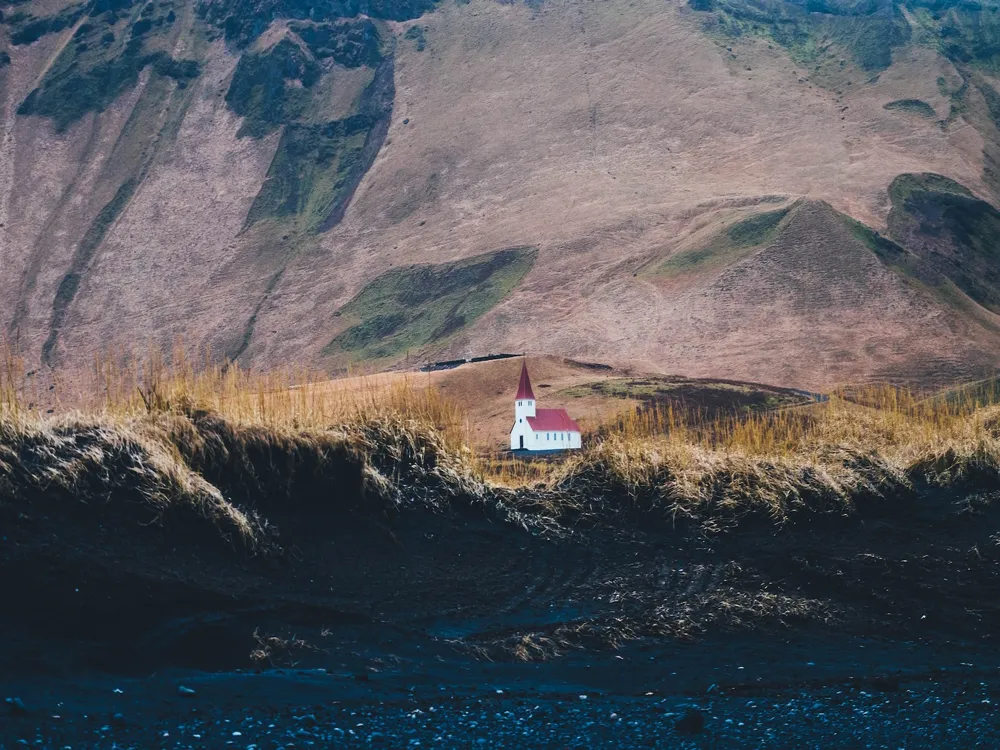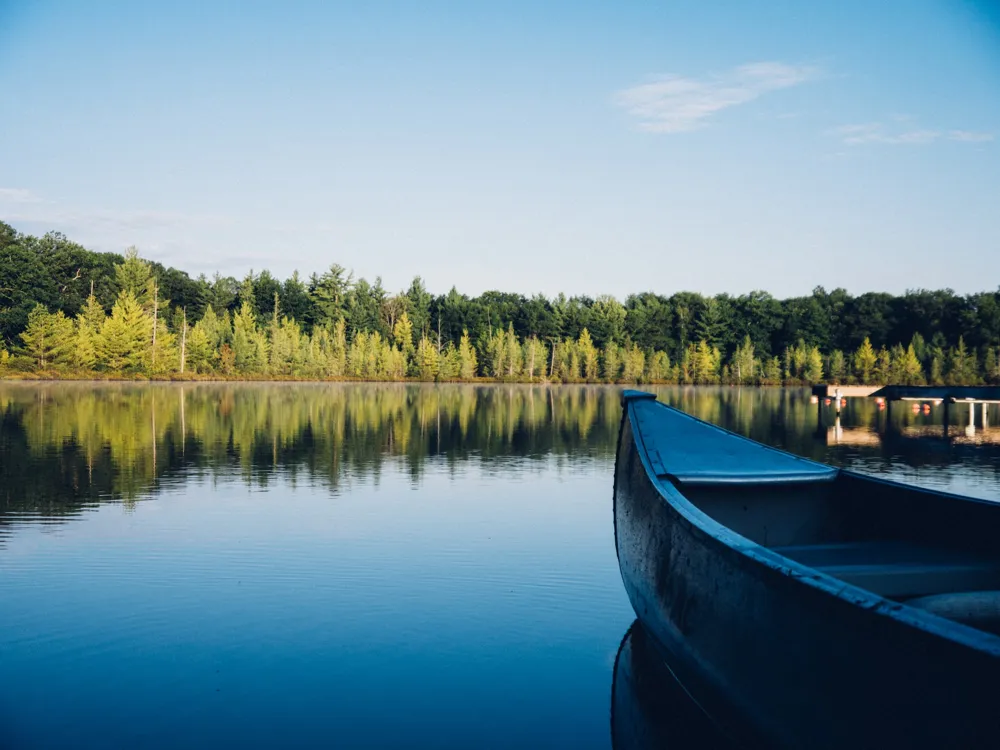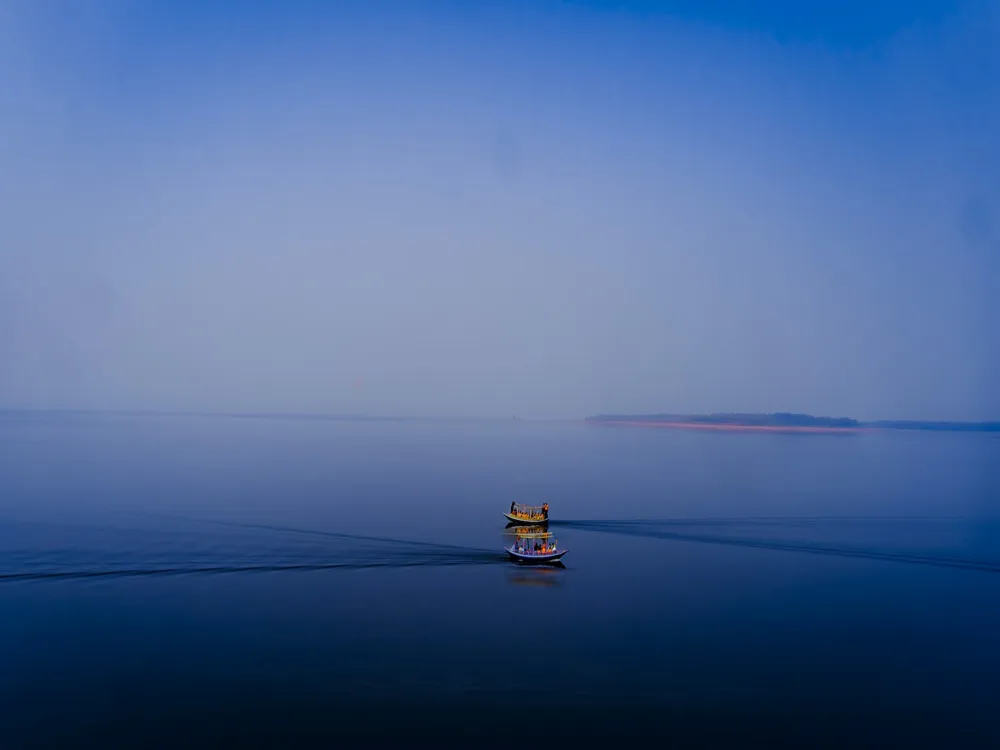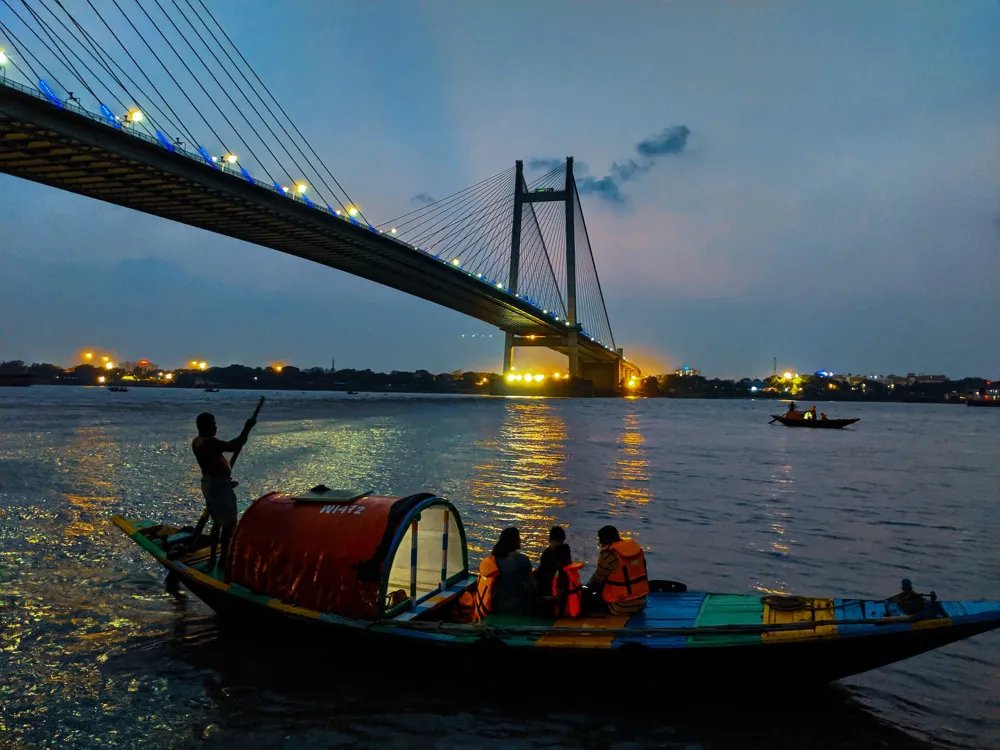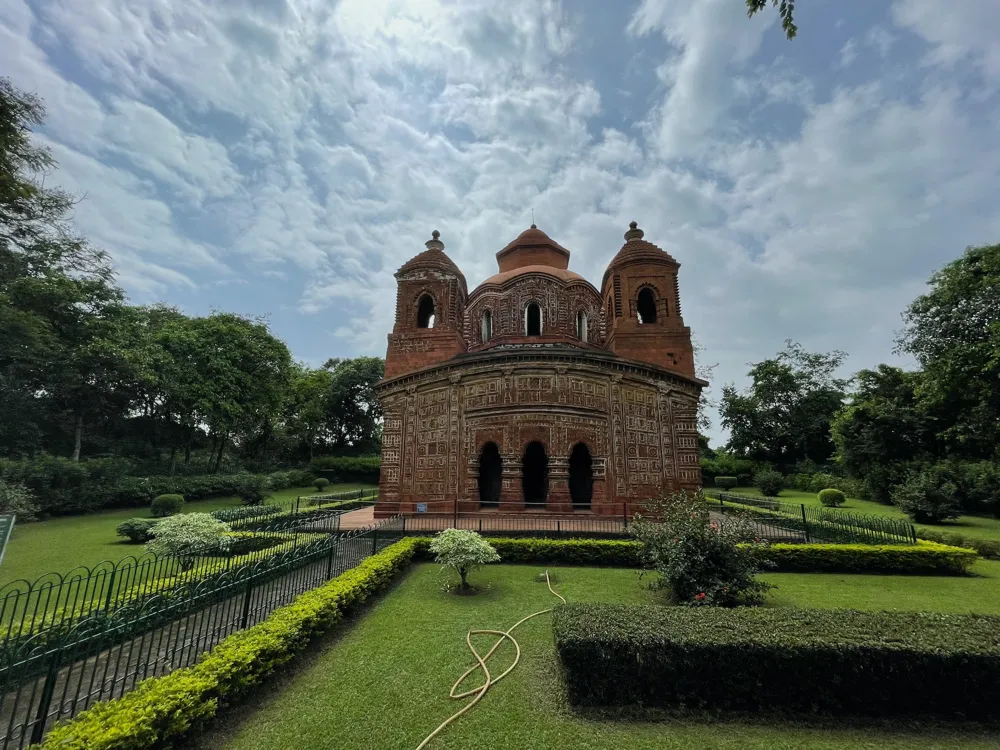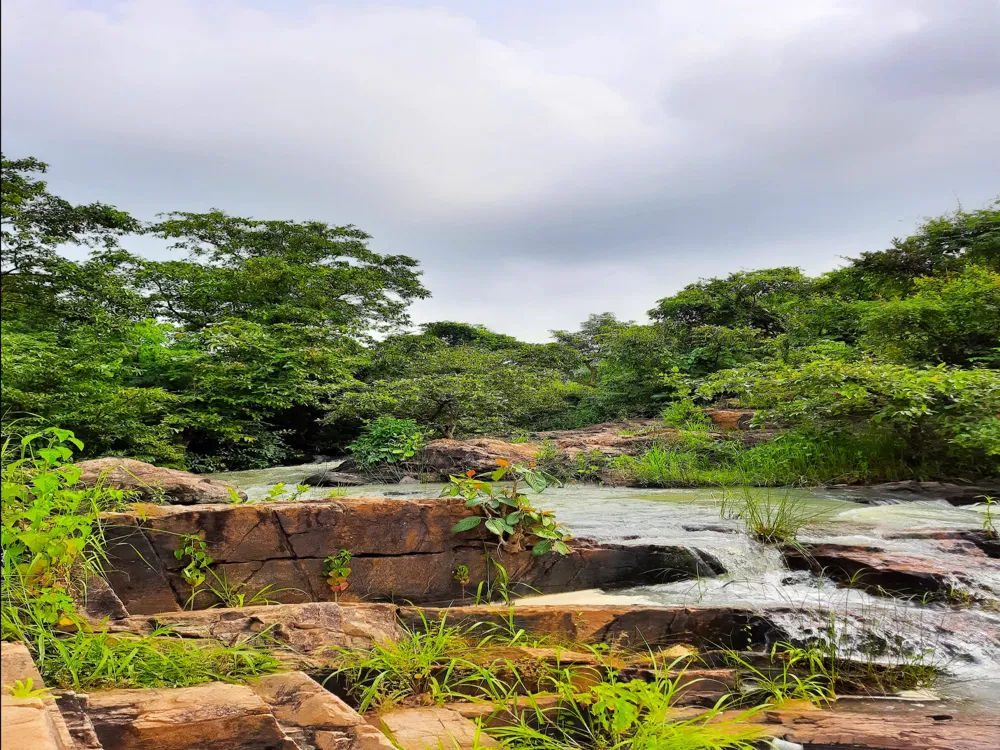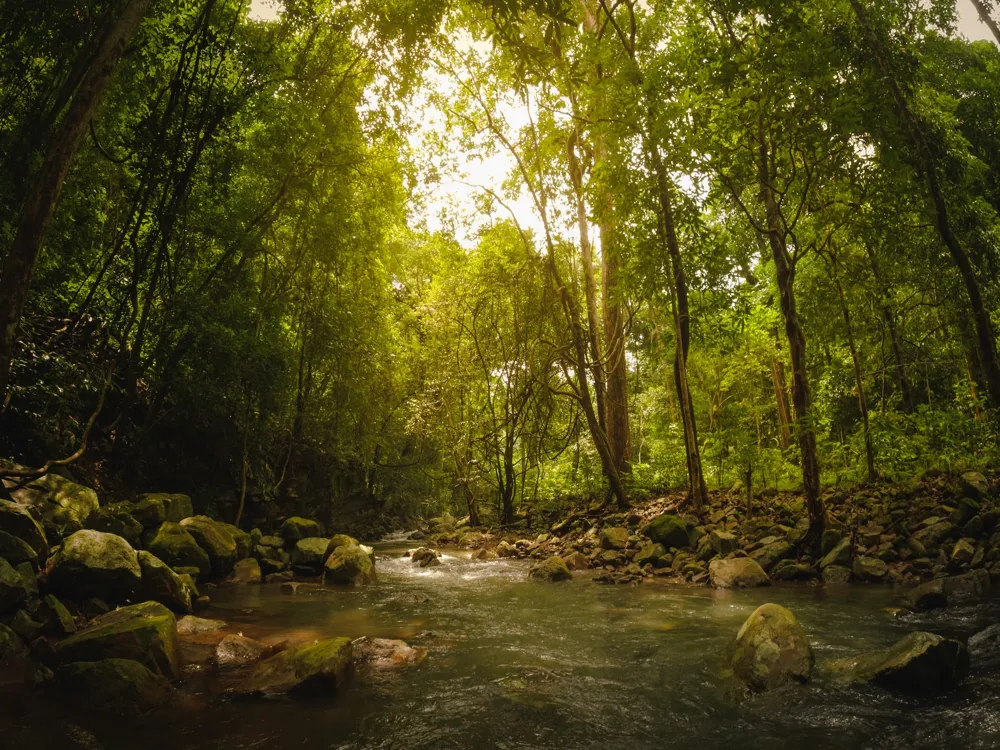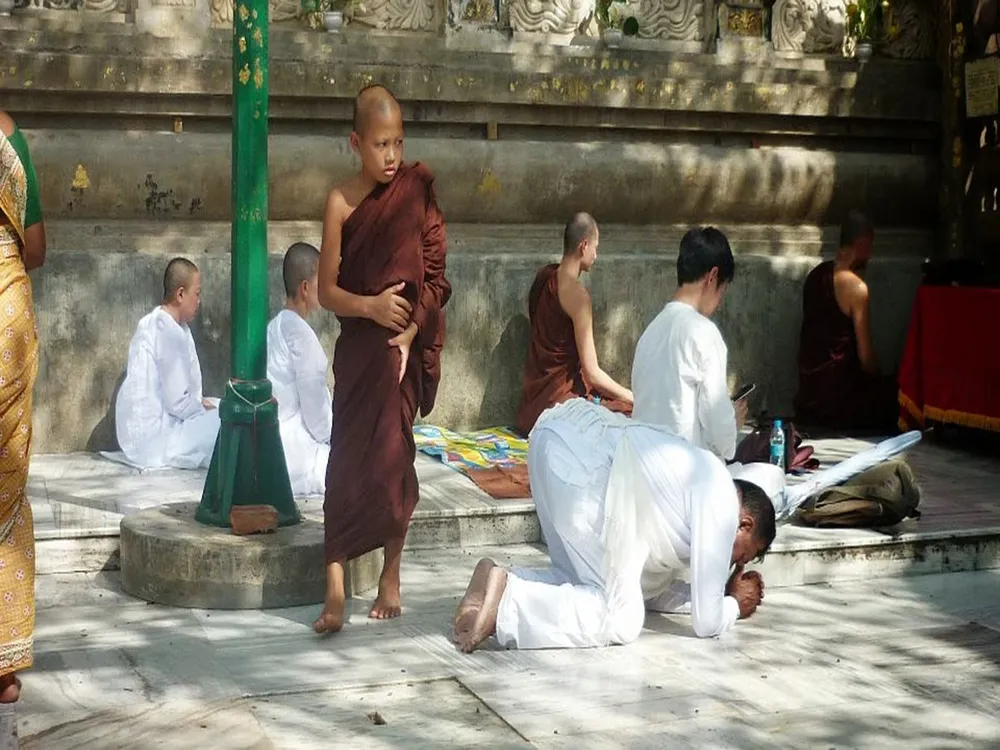Dalma Wildlife Sanctuary, a picturesque and biodiverse region located near Jamshedpur in Jharkhand, India, spans an impressive area and is a significant ecological and tourist landmark. Established in 1975, the sanctuary is nestled in the Dalma Hills, part of the Eastern Ghats. It's renowned for its diverse flora and fauna, with the spotlight often on its elephant population. The sanctuary's lush forests, meandering streams, and diverse wildlife make it a haven for nature lovers and wildlife enthusiasts. The region's topography is a fascinating mix of steep slopes, dense forests, and open meadows, making it an ideal habitat for a variety of species. The sanctuary is home to a rich assortment of wildlife, including barking deer, sloth bears, porcupines, and leopards. Birdwatchers can delight in spotting different species of birds, such as Indian peafowl, red junglefowl, and crested serpent eagles. The sanctuary also plays a critical role in elephant conservation, offering a safe corridor for migrating herds. Visitors to Dalma Wildlife Sanctuary are greeted with a vibrant ecosystem. The sanctuary's flora is predominantly dry deciduous forest, with significant patches of semi-evergreen and dry peninsular Sal forests. The undergrowth is lush with bamboo, a vital food source for the elephants. The sanctuary's unique ecological characteristics contribute significantly to the conservation of several endangered species and maintain the ecological balance of the region. Cultural significance is another facet of Dalma Wildlife Sanctuary. The area is dotted with several historical and religious sites, adding a mystical charm. One such site is the famous Dalma Mai Temple, a revered place for the local tribes. The annual festival held here is a confluence of cultural and natural heritage, attracting visitors from across the region. The sanctuary's efforts in environmental education and awareness are commendable. It hosts various programs and activities, aiming to sensitize visitors about the importance of wildlife conservation. The forest department organizes nature camps, guided tours, and educational programs for students and nature enthusiasts, fostering a deeper connection between humans and nature. In conclusion, Dalma Wildlife Sanctuary is not just a wildlife haven but a symbol of the harmonious coexistence of humans and nature. Its rich biodiversity, coupled with its cultural and educational significance, makes it an invaluable asset to Jharkhand and a must-visit destination for those seeking to immerse themselves in nature's splendor. Dalma Wildlife Sanctuary, while primarily known for its natural beauty and wildlife, also presents an interesting study in terms of its architectural elements. The architecture here is not about grand buildings but about the structures and facilities designed to blend with the natural environment and enhance the wildlife experience. The sanctuary's architecture reflects a deep respect for nature and sustainability. The primary focus is on minimal environmental impact, using local materials and traditional building techniques. The watchtowers, scattered across the sanctuary, are prime examples. Made from local wood and bamboo, these structures provide safe viewing spots for visitors to observe wildlife without disturbing the natural habitat. The forest guest houses and eco-tourism cottages in Dalma are designed to offer comfort while maintaining an ecological balance. The use of locally sourced materials, such as stone and wood, in their construction, helps them blend seamlessly into the landscape. The roofs are often thatched, providing natural insulation and maintaining the aesthetic of the surrounding forest. Another aspect of the sanctuary's architecture is the network of trails and pathways. These are carefully planned to allow visitors to explore the sanctuary with minimal disturbance to the wildlife. The trails wind through various habitats, offering glimpses of the sanctuary's diverse flora and fauna. Signages and information boards along these paths are designed to be informative yet unobtrusive, adding to the educational aspect of the sanctuary. The waterholes and salt licks are strategically located and constructed to cater to the needs of the wildlife. These are essential for the sustenance of the animals, especially during dry seasons, and are designed to mimic natural water sources as closely as possible. In summary, the architecture of Dalma Wildlife Sanctuary is a thoughtful blend of functionality, sustainability, and aesthetic appeal. It's a testament to how human structures can coexist with nature, enhancing the experience of the wilderness without compromising its integrity. The ideal time to visit Dalma Wildlife Sanctuary is from October to March, when the weather is pleasant, and the chances of spotting wildlife are higher. Maintain a safe distance from animals, avoid loud noises, and follow the sanctuary's guidelines to ensure a respectful and safe wildlife watching experience. Carry binoculars, a camera, comfortable walking shoes, and water. It's also advisable to wear earth-toned clothing to blend with the natural surroundings. Always stay on designated trails, be aware of your surroundings, and follow the instructions of sanctuary guides for a safe visit. Do not litter, disturb the wildlife, or damage the plant life. Respect the sanctuary's rules to help preserve its natural beauty. Dalma Wildlife Sanctuary is easily accessible from Jamshedpur and other parts of Jharkhand. The nearest airport is Birsa Munda Airport in Ranchi, about 140 km away. From Ranchi, visitors can take a taxi or bus to Jamshedpur and then proceed to the sanctuary. The nearest railway station is in Jamshedpur, which is well-connected to major cities in India. Local transportation options like buses and taxis are available from Jamshedpur to Dalma Wildlife Sanctuary. For those driving, the sanctuary is connected via well-maintained roads, offering a scenic drive through the countryside. Read More: Overview of Dalma Wildlife Sanctuary in Jamshedpur, Jharkhand
Architecture of Dalma Wildlife Sanctuary
Tips When Visiting Dalma Wildlife Sanctuary
Best Time to Visit
Wildlife Watching Etiquette
What to Bring
Staying Safe
Respect the Environment
How To Reach Dalma Wildlife Sanctuary
Dalma Wildlife Sanctuary
Jamshedpur
Jharkhand
NaN onwards
View jamshedpur Packages
Weather :
Label : Must Visit
Tags : Wildlife
Timings : 6:00 AM - 4:00 PM
Time Required : 3-4 hrs
Entry Fee : Entry: INR 5,
Group of 10 students: INR 40
Planning a Trip? Ask Your Question
Jamshedpur Travel Packages
View All Packages For Jamshedpur
Top Hotel Collections for Jamshedpur

Private Pool

Luxury Hotels

5-Star Hotels

Pet Friendly
Top Hotels Near Jamshedpur
Other Top Ranking Places In Jamshedpur
View All Places To Visit In jamshedpur
View jamshedpur Packages
Weather :
Label : Must Visit
Tags : Wildlife
Timings : 6:00 AM - 4:00 PM
Time Required : 3-4 hrs
Entry Fee : Entry: INR 5,
Group of 10 students: INR 40
Planning a Trip? Ask Your Question
Jamshedpur Travel Packages
View All Packages For Jamshedpur
Top Hotel Collections for Jamshedpur

Private Pool

Luxury Hotels

5-Star Hotels

Pet Friendly







